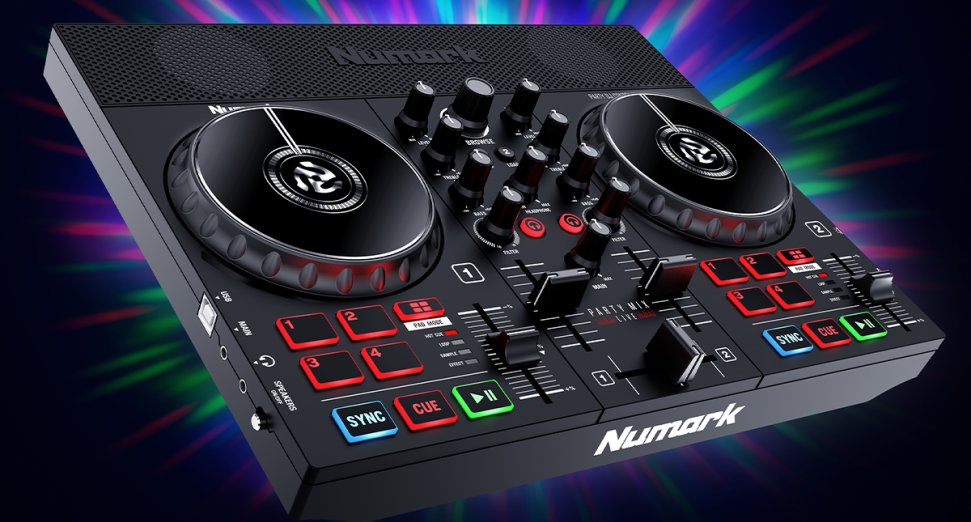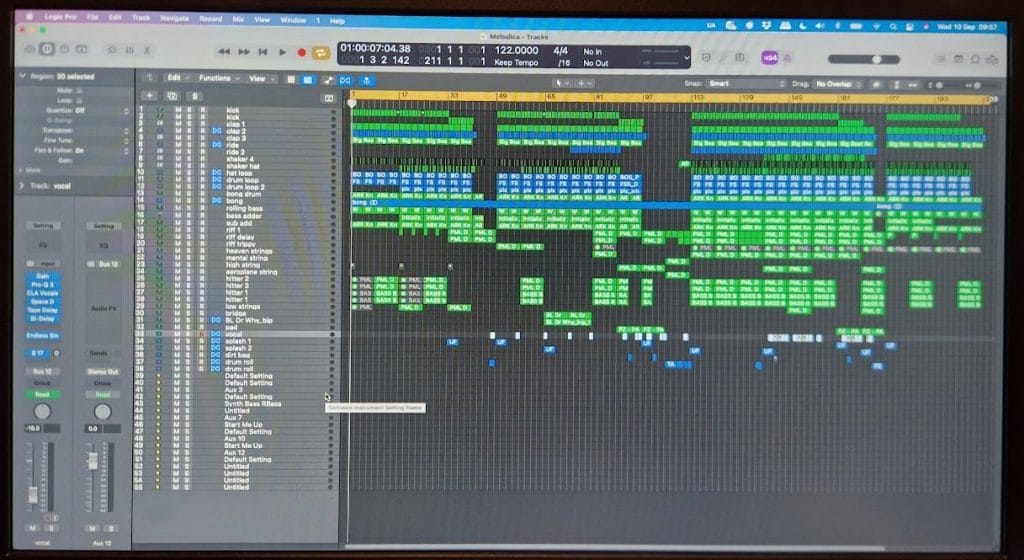
Unreleased Whitney Houston music sells for $1million at NFT auction
An unreleased Whitney Houston demo has sold at auction, as an NFT, for $1million (£723,000).
The work was bought on 14th December through the OneOf marketplace, which specialises in music and runs on Tezos, a blockchain with far greener credentials than the likes of Ethereum.
In return for their money, the owner now has access to a full-length version of the previously unknown track, and an exclusive digital video made by 17-year-old artist Diana Sinclair featuring archive footage of the pop queen. Fittingly, Houston was the same age when she originally recorded the song.
“Being able to collaborate with her music and her family really transformed the way that I saw her in her music videos. I feel more connected to the person that she was. Some of the messages that I put across in my artwork as well, they’re very similar,” Sinclair said in a video posted to the item’s landing page on OneOf.
While this sale has made headlines, the NFT is part of a larger Whitney Houston non-fungible collection. This which also contained a huge number of fixed price assets, including Gold and Platinum versions of rare imagery showing the singer in her early life, which were turned into animations using a ‘digital scrapbook effect’. Overall, the series has netted $1.1million, or £830,000. Proceeds will go to the Whitney E. Houston Foundation, which strives to inspire, empower and create opportunities for young people.
NFTs and the music industry have become very close bed partners this year as the technology became part of mainstream culture. Just recently, DJ Mag reported on a new series of non-fungible tokens containing tunes made using the genetic code of COVID-19. A rare collection of photos from the release party for 2Pac‘s debut album, ‘2Pacalypse Now’, were converted into NFTs last month. And in October, shots from legendary New York nightspot Studio 54, alongside an 8-bit video game inspired by the venue, were also developed into tokens. Revisit our long-read on what this tech can offer the music industry.
Image: Randee St. Nicholas



